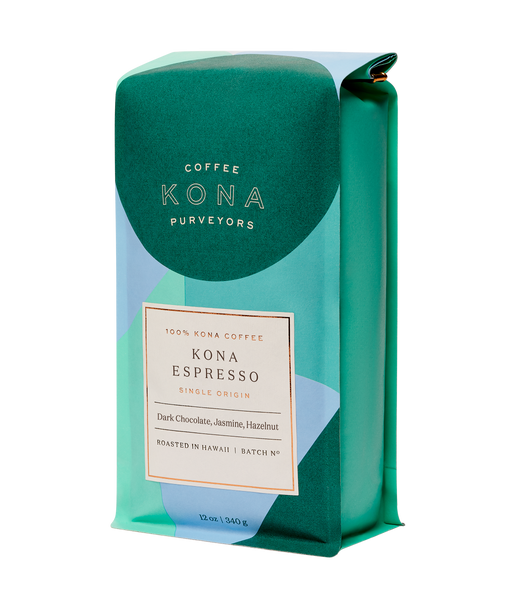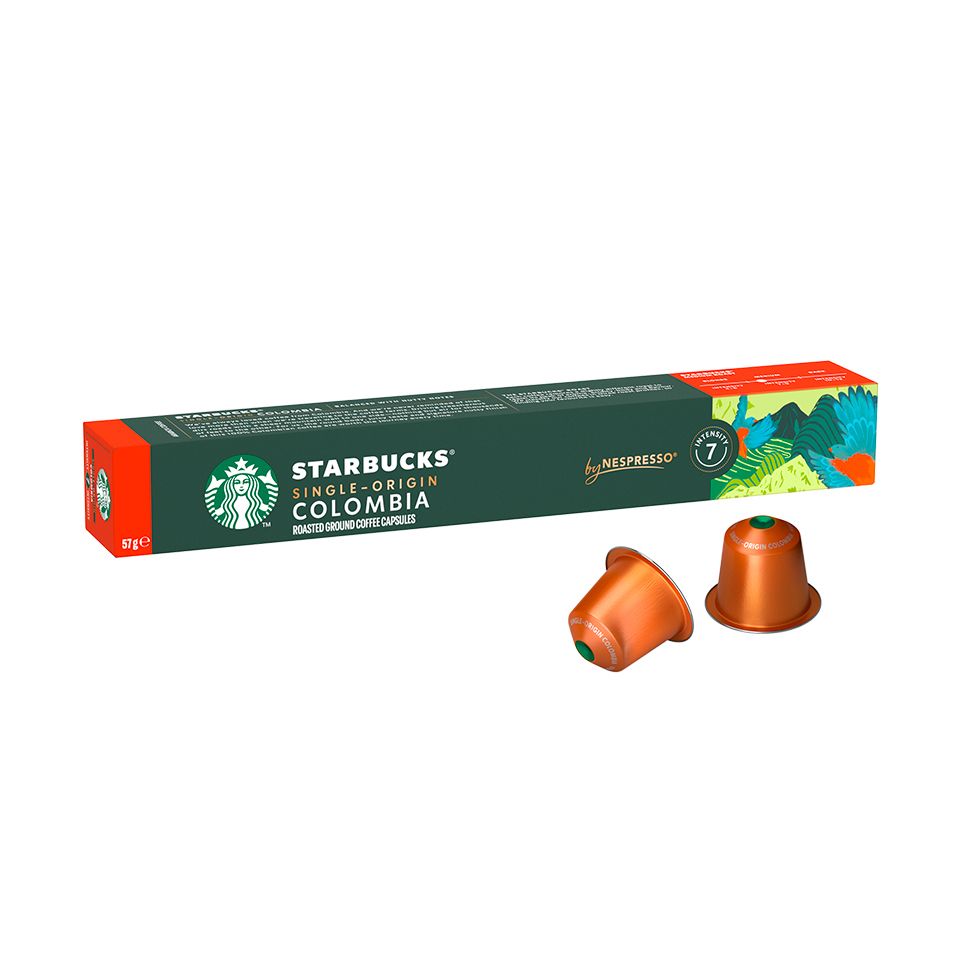What Makes SOE Single Origin Espresso Different from Blends
What Makes SOE Single Origin Espresso Different from Blends
Blog Article
Recognizing Coffee Beans: the Trip From Coffee to Blended Coffee Beans

The Origins of Coffee: A Global Perspective
While you might think of coffee as a modern-day staple, its origins trace back centuries, linking with societies across the globe. The story begins in Ethiopia, where legend says a goat herder called Kaldi uncovered the energizing effects of coffee beans after observing his goats romping energetically after eating them.
As trade routes broadened, coffee made its method to Europe in the 17th century, swiftly obtaining appeal. Each society included its special twist to coffee preparation, enhancing its history.
Cultivation and Harvesting of Espresso Beans
As coffee's journey progressed, the emphasis changed to the farming and harvesting of specific bean ranges, especially those made use of for espresso. You'll locate that espresso beans usually come from Arabica or Robusta plants, each offering unique tastes. The optimal expanding problems consist of high altitudes and abundant, well-drained soil, which boost the beans' quality.
Throughout the harvest, picking approaches vary. In some regions, employees hand-pick ripe cherries, making sure just the best fruit goes to handling. In various other locations, mechanical harvesters are made use of, especially on larger farms. When the cherries get to peak perfection for maximum taste., timing is crucial; you want to harvest.
As soon as collected, the beans are gotten ready for handling, which is crucial in establishing their final preference. Recognizing the cultivation and harvesting procedures provides you insight right into what goes into your favorite coffee, improving your recognition for every mug.
Processing Methods: From Cherry to Bean
Now that you've learnt more about collecting coffee beans, allow's explore just how those cherries transform right into the coffee beans you enjoy. You'll see just how different harvesting strategies influence flavor, followed by the necessary actions of fermentation and drying out. We'll break down the milling and grading procedure that identifies your coffee's quality.
Harvesting Methods Explained
When it involves coffee, comprehending harvesting techniques is necessary, because they straight impact the taste and high quality of the beans you enjoy. There are 2 primary techniques: careful picking and strip selecting. Selective selecting entails hand-picking only ripe cherries, guaranteeing you get the very best top quality beans. This approach typically leads to a richer flavor profile, though it's even more labor-intensive. On the various other hand, strip selecting methods collecting all cherries simultaneously, despite ripeness. While it's quicker and less costly, this can cause a mix of tastes, influencing the end product. Inevitably, the selection of collecting technique can considerably influence your coffee experience, so it's worth understanding exactly how those beans made it to your cup.
Fermentation and Drying Out
After harvesting, the next action in processing coffee beans play a considerable role fit their taste. You'll find that fermentation is crucial, as it helps break down the mucilage bordering the beans, boosting their preference profile. Relying on the approach, this process can last from a couple of hours to several days, with differing outcomes based upon temperature level and humidity.
Sun-drying enables the beans to absorb tastes from the environment, while mechanical drying out assurances consistent dampness degrees regardless of weather condition. Proper drying out is vital to stop mold and protect the beans' top quality, eventually affecting your mug of coffee.
Milling and Grading Process
As fermentation and drying established the phase for taste development, the milling and grading procedure guarantees that only the finest coffee beans make it to your mug. This phase includes eliminating the outer layers of the coffee cherry, consisting of the parchment and husk. High-quality beans receive a higher quality, resulting in a richer coffee experience.
Roasting Methods: Opening Taste Possible
When you roast coffee beans, the approach you pick can dramatically impact the taste account. Comprehending the connection between time, temperature, and toasting strategies is crucial to exposing the capacity of your brew. Allow's discover just how these components collaborated to develop the best cup.
Roasting Methods Discussed
While you may believe that all coffee roasting methods yield the same outcomes, the fact is that each method discloses special flavor possibilities in the beans. You can pick between methods like drum toasting, air roasting, and even standard frying pan roasting. Drum toasting utilizes a revolving drum to evenly disperse warmth, enhancing caramelization and creating a well balanced flavor. Air roasting, on the other hand, distributes warm air around the beans, promoting a lighter roast with pronounced level of acidity. Pan roasting allows for hands-on control but requires constant interest to stay clear of burning. Each method has its nuances, so experimenting with different methods can aid you find the perfect roast that lines up with your preference preferences. Enjoy the trip of finding your excellent cup!

Effect On Flavor Account
Various roasting methods not just affect the procedure but likewise significantly impact the taste profile of the coffee beans. When you select a light roast, you'll experience intense acidity and flower notes, showcasing the bean's beginning. In contrast, a tool roast equilibriums acidity with sweet taste, typically revealing chocolatey touches. Dark roasts, on the various other hand, draw out bold, smoky tastes, often concealing the bean's distinct qualities. Each technique exposes various oils and substances, leading to a wide variety of tastes. By explore various roasting designs, you can find which profiles reverberate with your taste. Recognizing these subtleties assists you value the virtuosity behind your cup of coffee, boosting your overall experience with every sip.
Time and Temperature Aspects
To launch the complete taste potential of coffee beans, both time and temperature level throughout the toasting process play substantial roles. When roasting, you'll find that higher temperatures can rapidly establish tastes, but if you rush it, you might finish up with charred notes. On the other hand, lower temperature levels permit pop over to this web-site a much more gradual taste growth, showcasing the beans' one-of-a-kind features.

Timing is equally as important; extending the roast also long can lead to a loss of acidity and brightness, while too short a roast might leave the beans underdeveloped. Finding that wonderful area needs practice and experimentation. By adjusting these factors, you can reveal the rich, intricate flavors concealed within each bean, producing a really remarkable coffee experience.
The Art of Mixing: Crafting Distinct Coffee Profiles

Begin by selecting a base coffee that provides a solid foundation. Then, pick complementary beans to boost specific flavor notes. A bright Ethiopian bean can bring fruitiness, while a rich Brazilian coffee includes body. Experimentation is crucial-- don't be worried to readjust ratios until you find your suitable profile.
As you blend, remember that each mix informs a tale. You're not simply making coffee; you're producing an experience. Take your time, taste often, and appreciate the journey of finding your trademark blend - Single Origin Espresso.
Developing Techniques: How Prep Work Influences Flavor
Mixing coffee opens up a domain of flavor opportunities, yet how you make that mix can significantly affect your last mug. On the various other hand, a pour-over highlights the coffee's clearness and brightness, perfect for showcasing delicate notes.
Espresso, with its high pressure, produces a focused shot that emphasizes sweet taste and crema. If you prefer a lighter brew, consider a chilly mixture technique; it generates a smooth, less acidic taste.
Ultimately, experimentation is crucial. Readjusting variables like water temperature level, grind dimension, and brew time can change your coffee's account. Embrace the art of developing to uncover the flavors hidden in your coffee blends. The right method can boost your experience to new elevations.
The Future of Coffee: Sustainability and Technology
As the coffee market progresses, sustainability and development are coming to be necessary for dealing with ecological challenges and meeting consumer needs. You'll see that even more coffee companies are taking on environmentally friendly techniques, from sourcing beans morally to implementing sustainable farming strategies. These changes not only assist the planet however also improve the high quality of the coffee you delight in.
You could see innovations like eco-friendly packaging and water-saving brewing methods that lower waste. Advanced modern technology, such as blockchain, is likewise coming to be preferred, ensuring transparency in the supply you can check here chain, which permits you to trace your coffee back to its origins.
On top of that, purchasing local communities and supporting farmers via reasonable trade efforts cultivates an extra lasting coffee ecological community. As you drink your following cup, bear in mind that your selections can add to a brighter future for coffee. By choosing for sustainable brand names, you're not simply taking pleasure in a beverage; you're making a positive influence on the globe.
Frequently Asked Concerns
What Is the Distinction Between Arabica and Robusta Beans?
Arabica beans are smoother, sweeter, and have a higher acidity, while robusta beans are stronger, more bitter, and include more high levels of caffeine. You'll see these differences in taste and scent when brewing your coffee.
How Does Altitude Affect Coffee Bean Taste?
Elevation impacts coffee bean taste considerably. Greater elevations generate beans with brighter level of acidity and facility flavors, while lower elevations usually produce beans that are heavier and much less nuanced. Click This Link You'll see these differences in your mug!
What Are the Health Conveniences of Drinking Coffee?
Drinking coffee can enhance your energy, improve psychological emphasis, and also enhance physical efficiency. It's rich in antioxidants, might reduce the danger of specific illness, and can promote a much healthier metabolic process when eaten in moderation.
Can Coffee Beans Be Reused for Developing?
Yes, you can recycle coffee beans for developing, but the flavor may be weaker. If you delight in trying out, try recycling them in various means, like cool brews or adding to healthy smoothies for an additional kick.
Just how Should I Store Coffee Beans for Freshness?
To keep your coffee beans fresh, store them in a closed container in an amazing, dark area. Prevent subjecting them to warmth, dampness, or light, as these aspects can swiftly degrade their taste and scent.
Comprehending Coffee Beans: the Trip From Espresso to Blended Coffee Beans.
Currently that you have actually discovered regarding harvesting espresso beans, let's explore exactly how those cherries transform into the coffee beans you love.When you roast coffee beans, the method you pick can considerably affect the flavor profile - Single Origin Espresso.While you might assume that all coffee roasting techniques generate the very same outcomes, the fact is that each technique reveals unique taste potentials in the beans.Different toasting techniques not just influence the process however additionally significantly influence the taste account of the coffee beans
Report this page